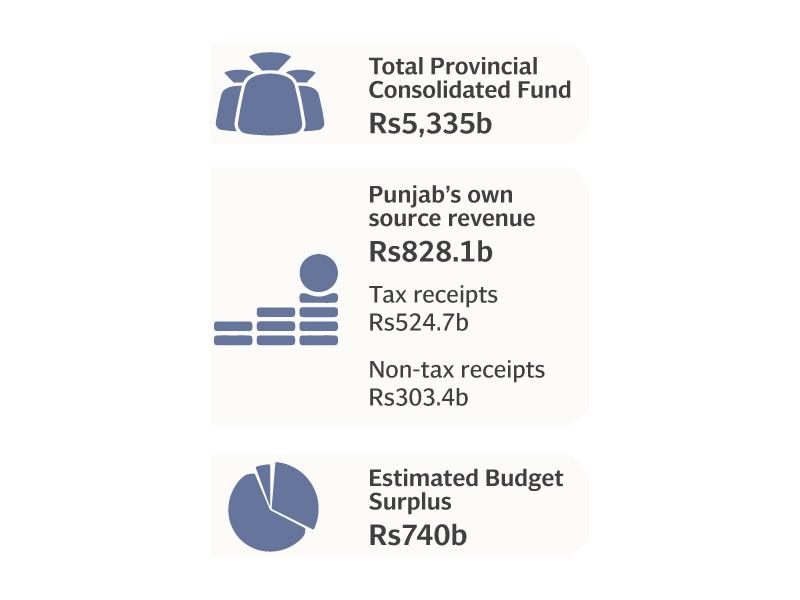Lahore:
The total stock of Punjab debt increased by 25 billion rupees during the year 2024-2025, reflecting an increase of 1.5% in annual sliding, according to official budgetary documents published on Monday.
At the end of the current month, the overall debt of the province will reach 1,710 billion rupees, compared to 1,685 billion rupees in June 2024. The debt includes 1,709 billion rupees from external sources and only 1.29 billion rupees among internal lenders, representing 2.7% of the Punjab internal product.
While the external debt increased by 26 billion rupees during the year, the interior debt increased from RS1.7 billion to Rs1.29 billion, marking a drop of 22.5%. In dollars, the external debt of Punjab amounts to around $ 6.1 billion. Most of this debt comes from long -term concessional loans granted in foreign currencies by multilateral and bilateral lenders.
These include the World Bank, the Asian Development Bank (BAD), Japan International Cooperation Agency (JICA) and the International Agricultural Development Fund (IFAD), as well as bilateral partners such as China, Japan and France. Although these loans are contracted by the federal government, they are disbursed in Punjab to support development initiatives.
The budgetary report breaks down the external debt into the main categories of project loans, which finance the long -term public infrastructure, and the program loans, which offer budgetary support linked to political reforms or targeted expenses. In June 2025, Punjab owed $ 4.81 billion to multilateral lenders and $ 1.29 billion at bilateral sources.
The external debt portfolio is widely denominated in US dollars (68%), monitoring of special drawing rights (SDR) at 23%, from 5% Japanese Yen and other currencies constituting the remaining 4%.
The sector, agriculture, irrigation and livestock have absorbed the largest share of investments funded by debt, representing 24% of the total ongoing loans. This was followed by the transport and communications sector with 20%, education with 19%and urban and community development with 17%. Governance borrowings have formed 11%, health 5%, energy 2%, 1%tourism and additional industries and infrastructure.
Officials said that despite the increase in the stock of total debts, the province maintains a low debt / GSDP ratio and is mainly based on the concessional loan for development priorities.




